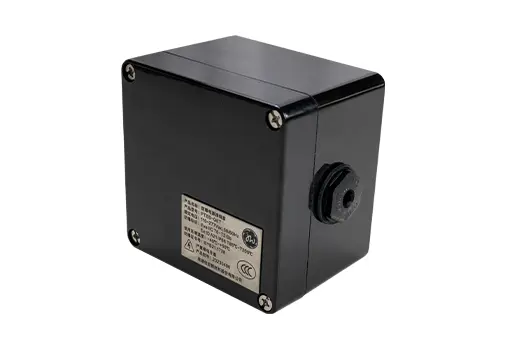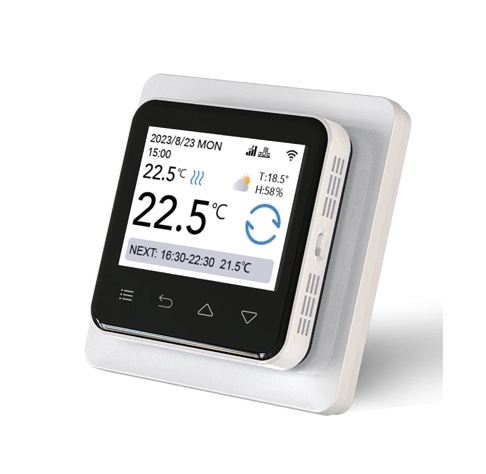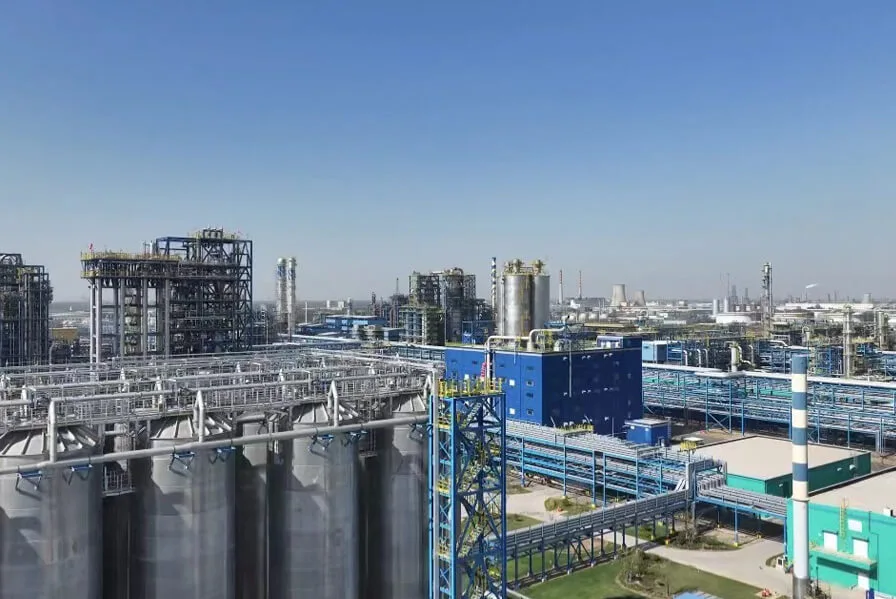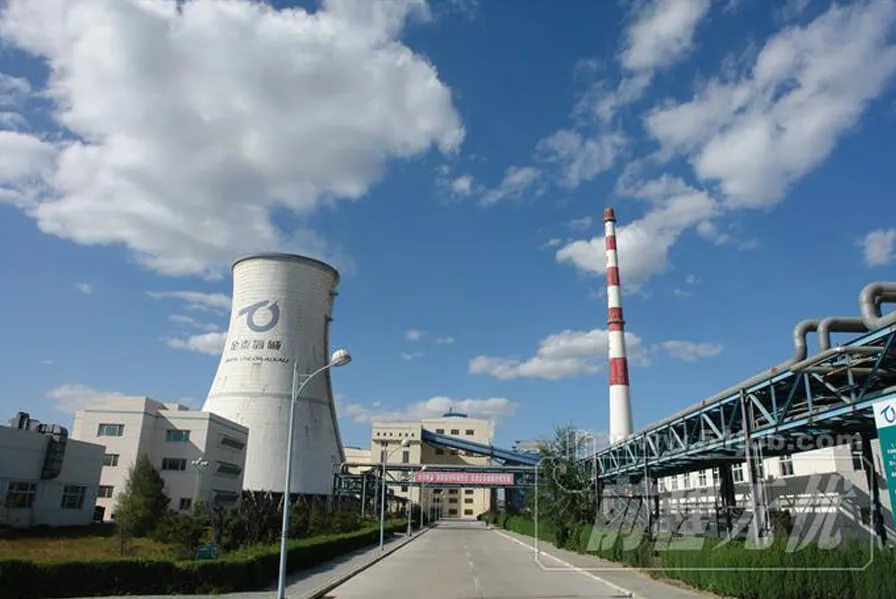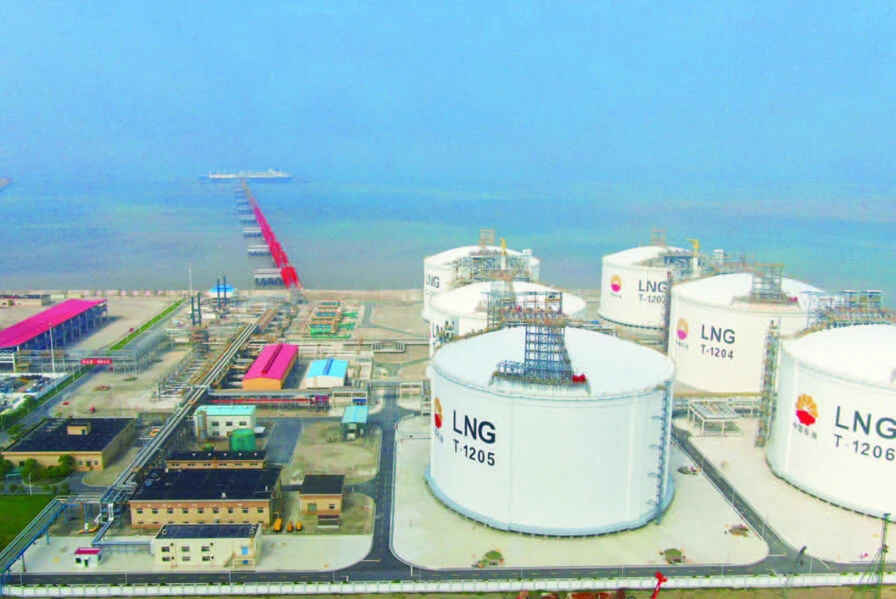Heat tracing, also known as electric heat tracing, is a technology designed to maintain or raise the temperature of pipes, vessels, or equipment using electric heating elements. Its primary uses include:
1. Freeze Protection
Prevents fluids (like water, oil, or chemicals) from freezing in pipes, valves, or tanks during cold weather.
Avoids equipment damage caused by ice expansion.
2. Temperature Maintenance
Ensures process fluids stay within required temperature ranges for industrial operations (e.g., viscous oils, molten materials).
Maintains efficiency in heat transfer systems.
3. Energy Efficiency
Reduces heat loss in pipes, minimizing energy waste and lowering operational costs.
Prevents reheating of fluids that cool during transport.
4. Safety and Compliance
Prevents hazardous conditions like frozen fire sprinkler systems or blocked emergency showers.
Meets industry standards for temperature-sensitive processes.
Common Applications:
Oil/Gas Pipelines: Prevents crude oil or natural gas from thickening in cold climates.
Chemical Plants: Maintains reaction temperatures or prevents corrosion.
Buildings: Keeps roofs and gutters ice-free, or protects water pipes in basements.
Power Plants: Ensures safe operation of cooling systems in nuclear or fossil fuel facilities.
Food/Pharma: Maintains product temperatures during processing or storage.
Types of Heat Tracing:
Self-Regulating Cables: Adjust power output automatically based on temperature.
Constant Wattage Cables: Provide steady heat output.
Steam Tracing: Uses steam to heat pipes (less common due to inefficiency).
Benefits:
Reliability: Ensures continuous operation in extreme temperatures.
Cost-Effective: Low maintenance and energy-efficient designs.
Versatility: Suitable for hazardous areas (explosion-proof options available).
In short, heat tracing is essential for keeping critical systems functional, safe, and efficient in cold environments or temperature-sensitive processes.


